If You Want to Know Who We Are: An Unscheduled Stop, or, The Cats of Hiroshima
We left Yunomine Onsen by bus at first light, headed for Kii-Tanabe. The bus took us to the Tanabe train station, and the train took us to Kobe for lunch with a friend. As a first impression, it’s obviously a sweet town. Kobe seems to suggest Japan has done its best to perfect urban living. Once again we heard that nobody goes to Wakayama. Due elsewhere—due in Miyajima before suppertime—we did not have time to formulate a second impression of Kobe.
The Hiroshima that was destroyed was a rustic little place with one foot in the Industrial Revolution and the other foot in the grave, as it turned out. It was selected as a potential target because it was too small and unimportant to be worth bombing. Paradoxical as that sounds, no historian of the period would disagree. The air force was seeking a “virgin target.” People will argue forever whether the atomic bombing was necessary. Some people still need it to have been, so they can come to terms with it. Some still believe in the myth of a Japanese last stand, although the Japanese army was trapped in China with no way home, the home islands had been nearly stripped of military resources for the South Pacific campaign, industry had already collapsed along with transportation and food distribution, and elements of the Japanese government had been trying to surrender for months. In many ways the Pacific War was a fiasco, which is why we carefully study the heroes and ignore the causes. People will make excuses forever, but we dropped that bomb on ourselves as much as on the civilians of Hiroshima. It was a shot that hit everybody.
Modern Hiroshima has completely grown over the footprint of the old town, but the geography of the place guarantees the modern city has the world’s first Ground Zero for a heart. It is a big heart, a friendly place, a beautiful and even stunning park. We were there the day after the anniversary of the bombing. There were many stands of flowers and wreaths, some from America.
Allegedly, one of the great unavoidable questions in human life is, “Who (or what) are we?” An hour spent wandering the Peace Park’s beautifully landscaped monuments and relics may remind us that the Enola Gay’s bomb is a considerable part of who we are. There are only a few living people at this point who had anything to do with dropping it, and only a few living people who happened to be inside the blast radius, so we may be tempted to think it hasn’t got much to do with us. But that is a failure of imagination. Mercifully, the ability to bear testimony and warning against our own lower nature is also part of what we are, along with the floral tributes, the offerings of water for radiation-burned ghosts, the gardens and the cenotaphs. We are all that.
The Children’s Peace Monument, with its famous and countless origami cranes, might be considered the heart of the park, since killing children seems so particularly contrary to human values.
Finally my sentimental and/or moral speculations reverted back to mere tourism as we crossed the bridge to the A-Bomb Dome, the famous unreconstructed remains of the Industrial Promotion Hall which was close to the hypocenter of the blast.
But the zoom lens made it dreadfully obvious that these cats were thin and hungry. The A-Bomb Dome was no paradise for them. It was a poor refuge. Some of the world’s most oddly housed feral cats badly needed feeding.
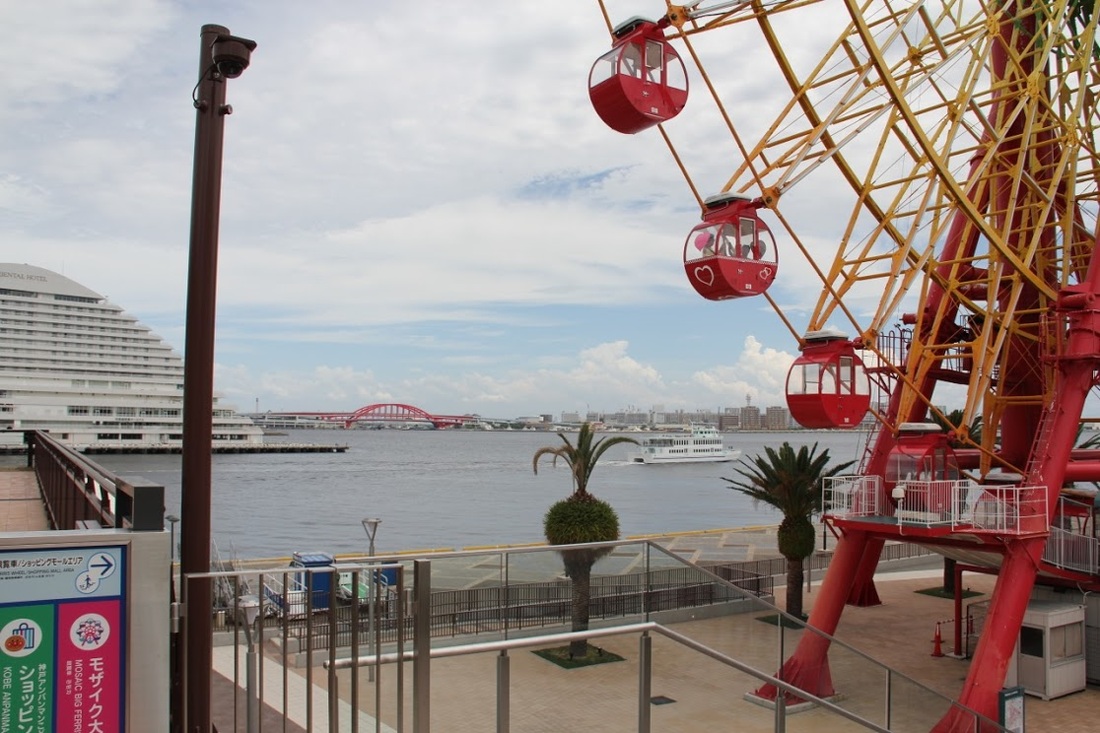
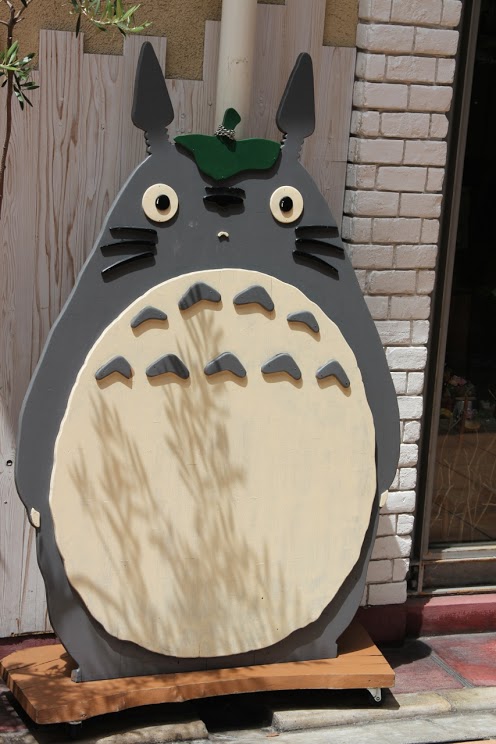
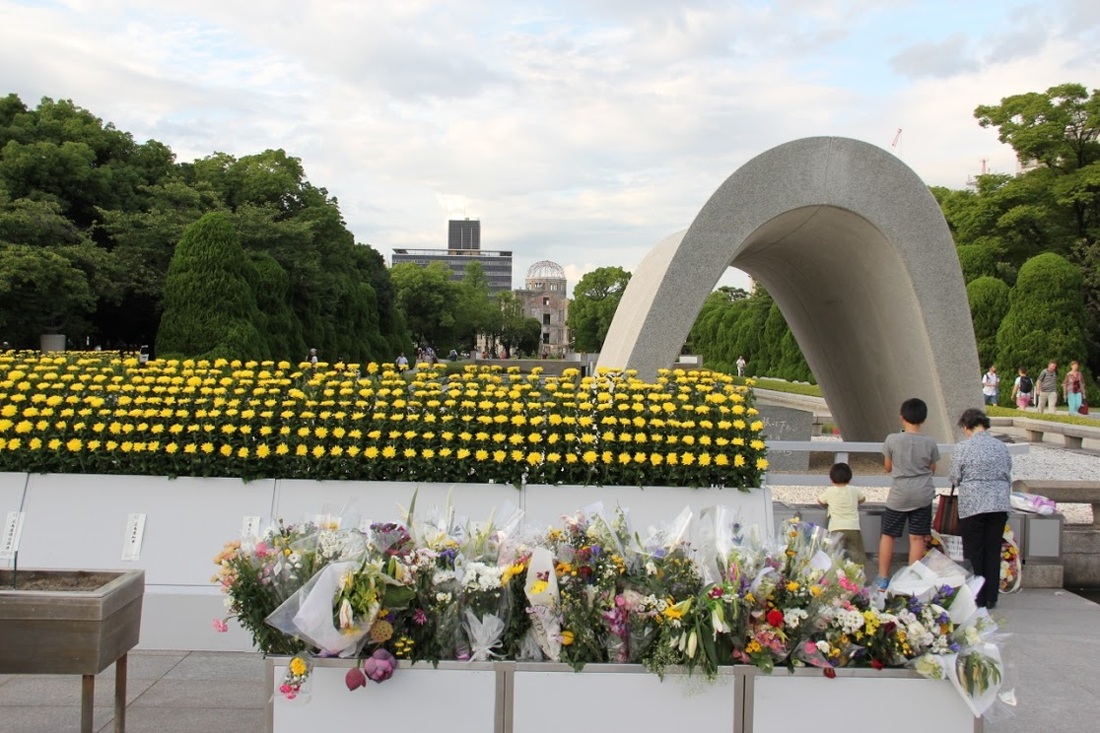
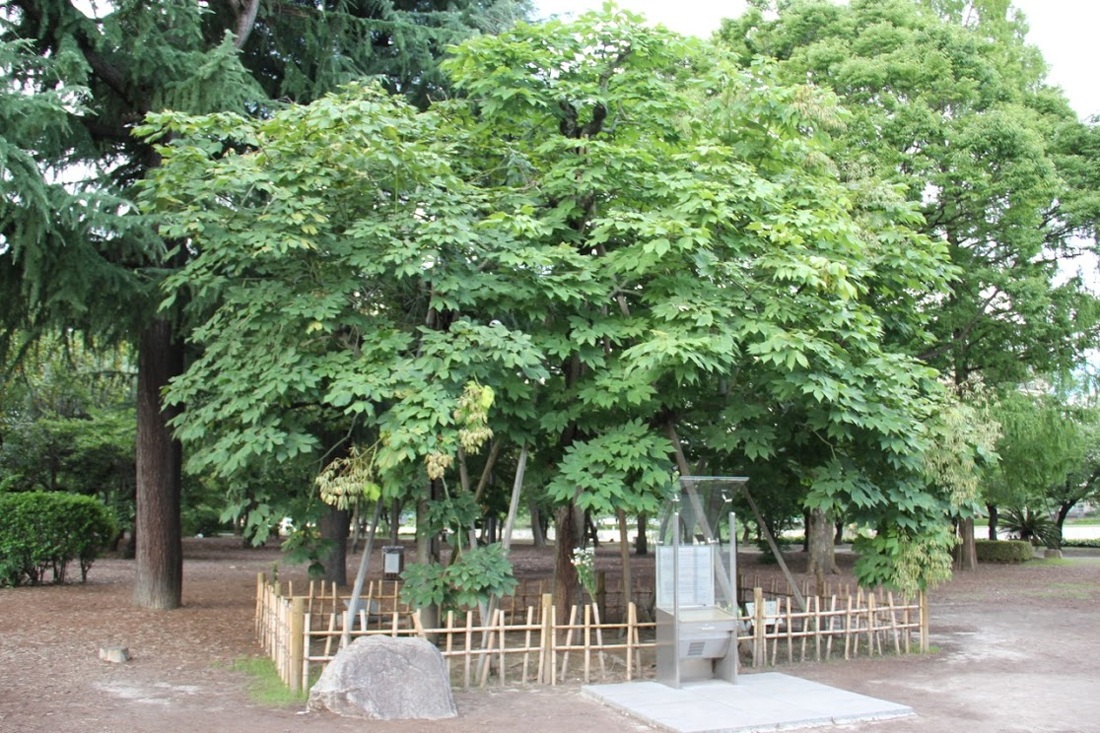
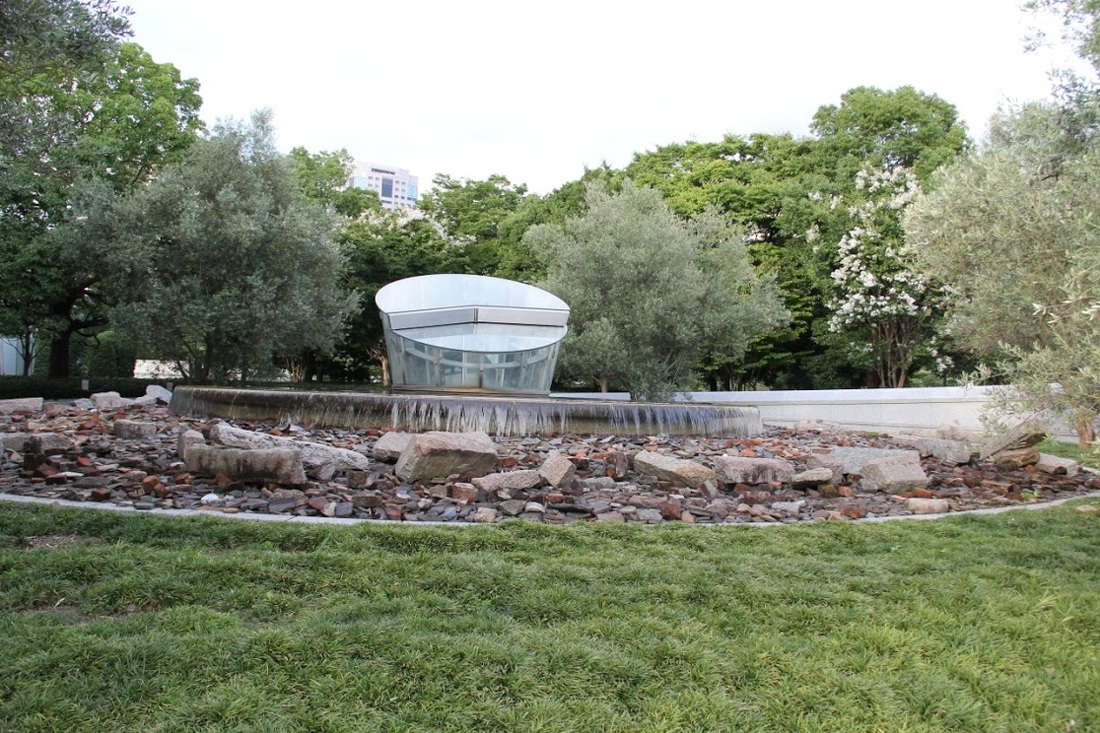
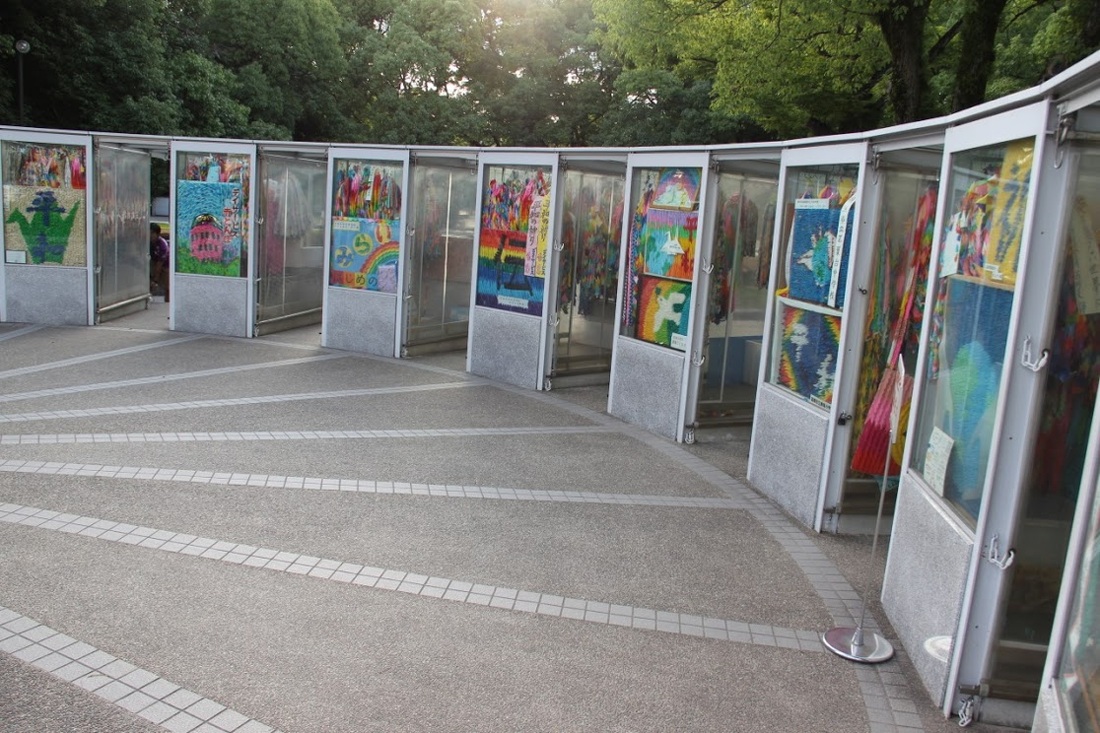
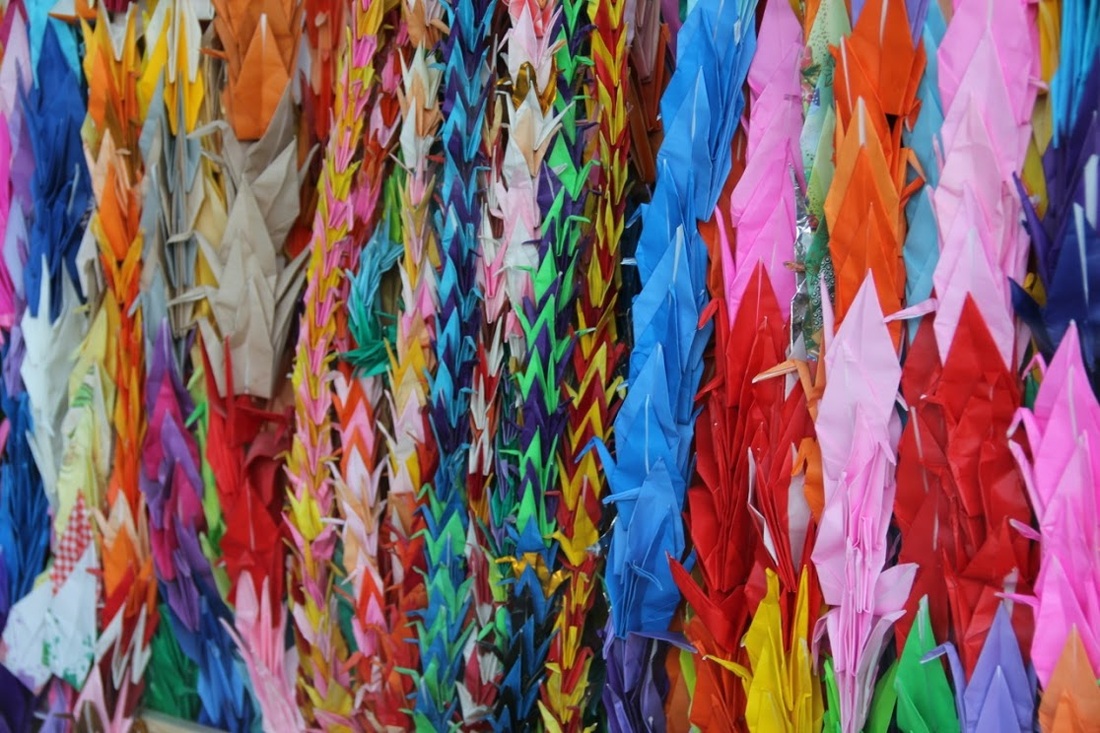
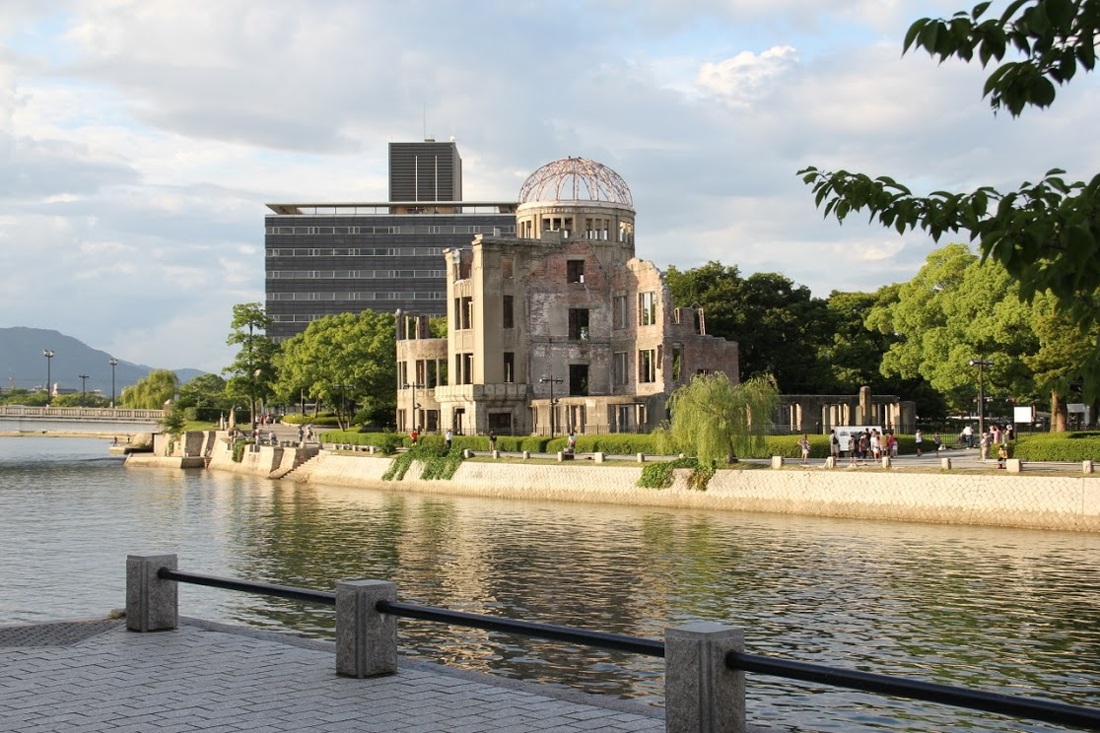
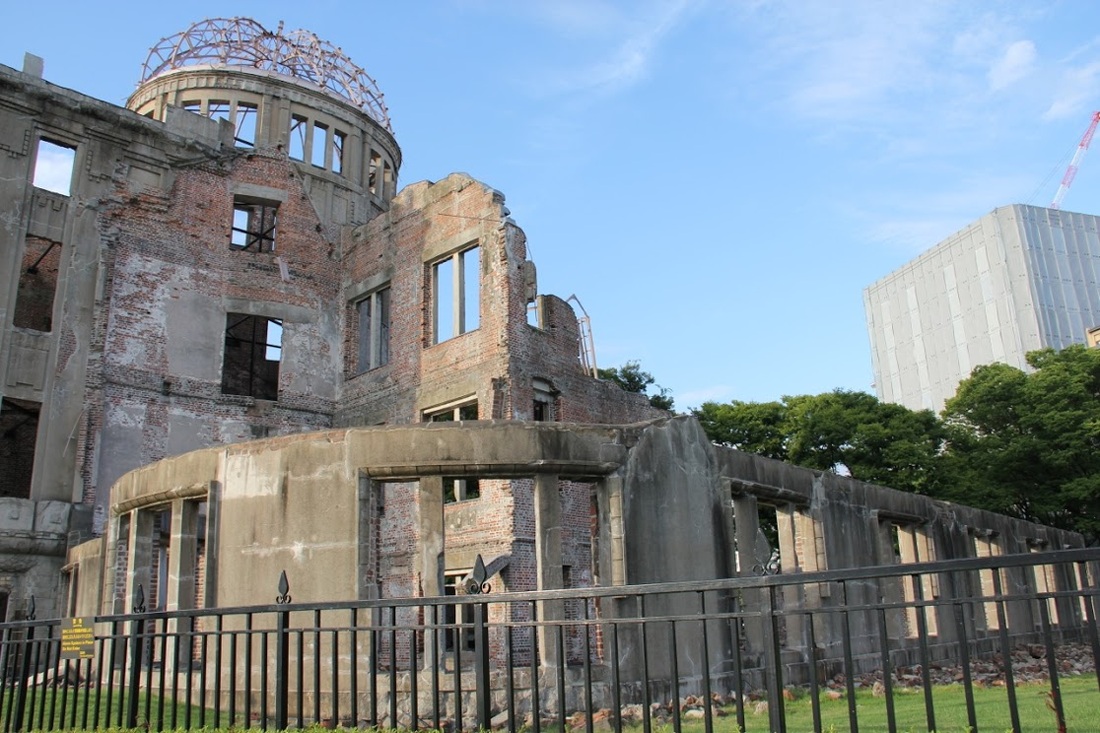
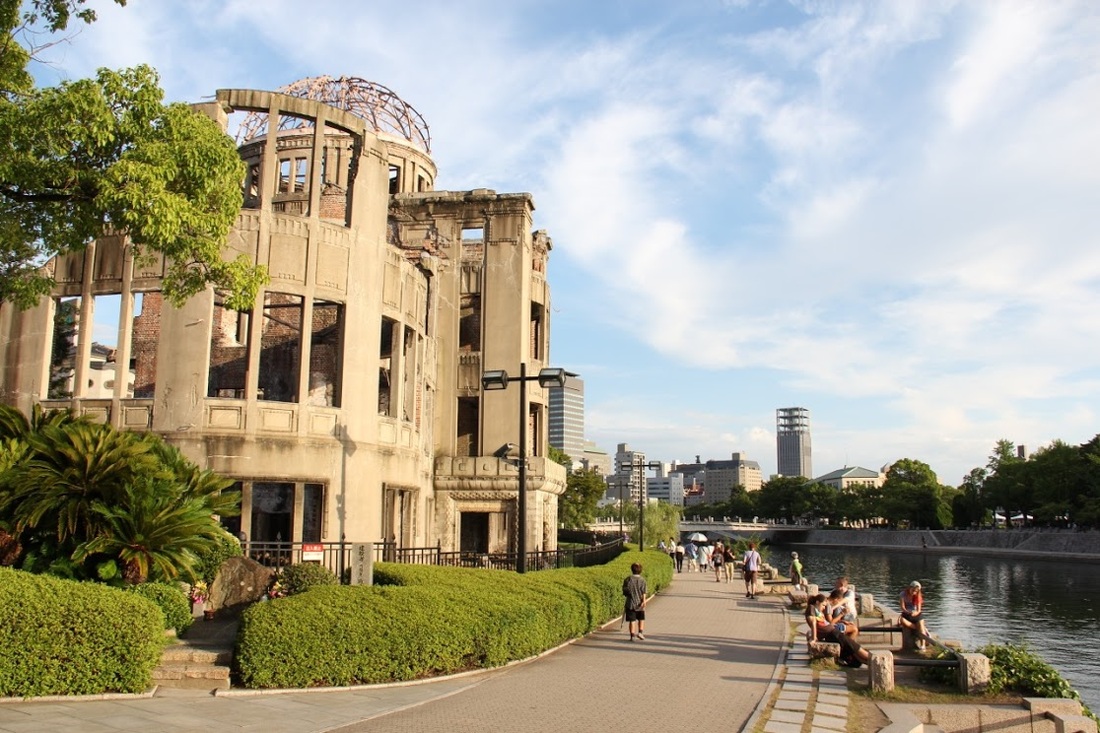
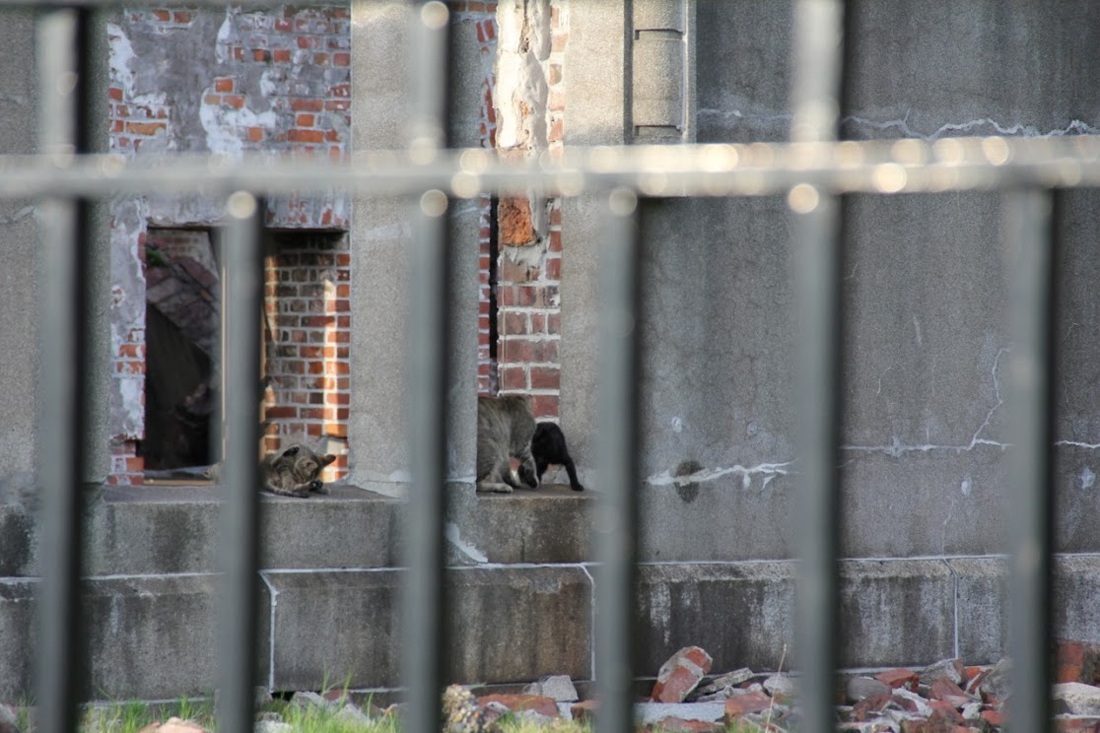
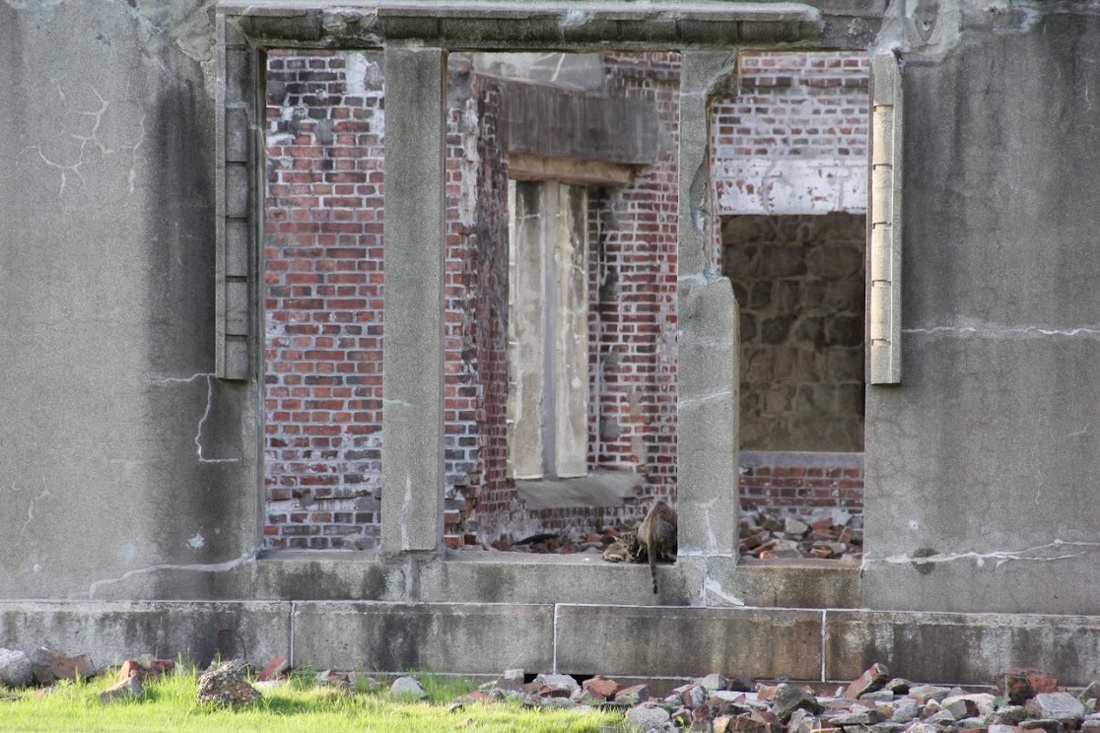
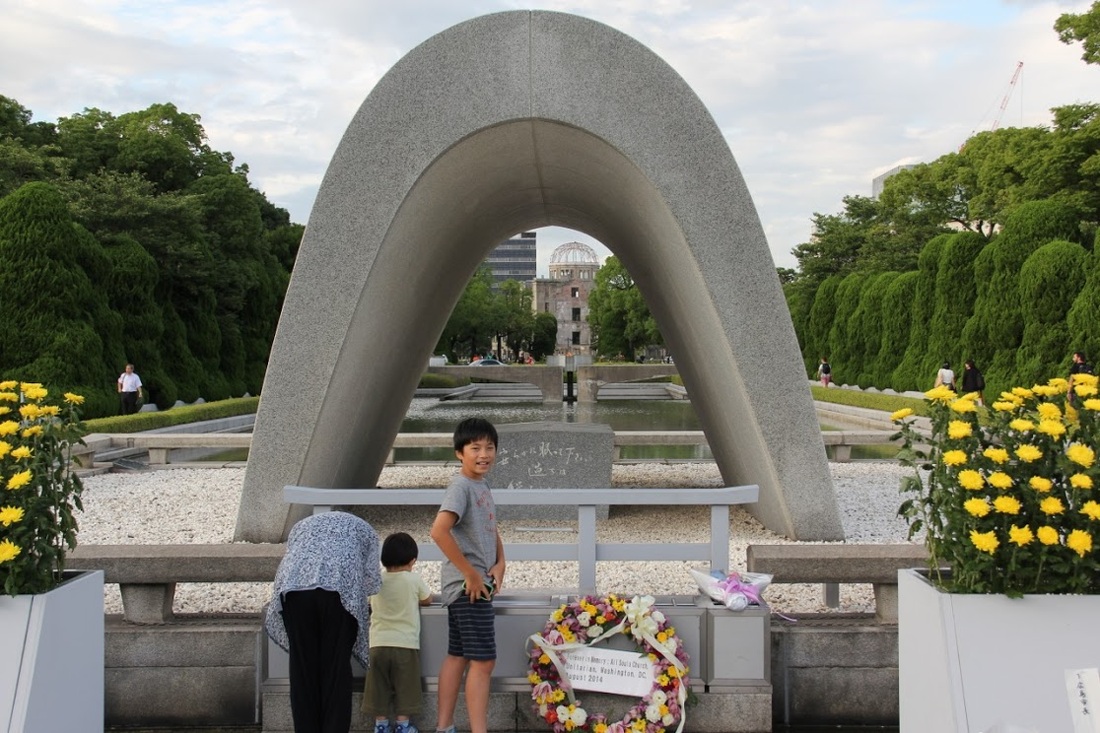

 RSS Feed
RSS Feed